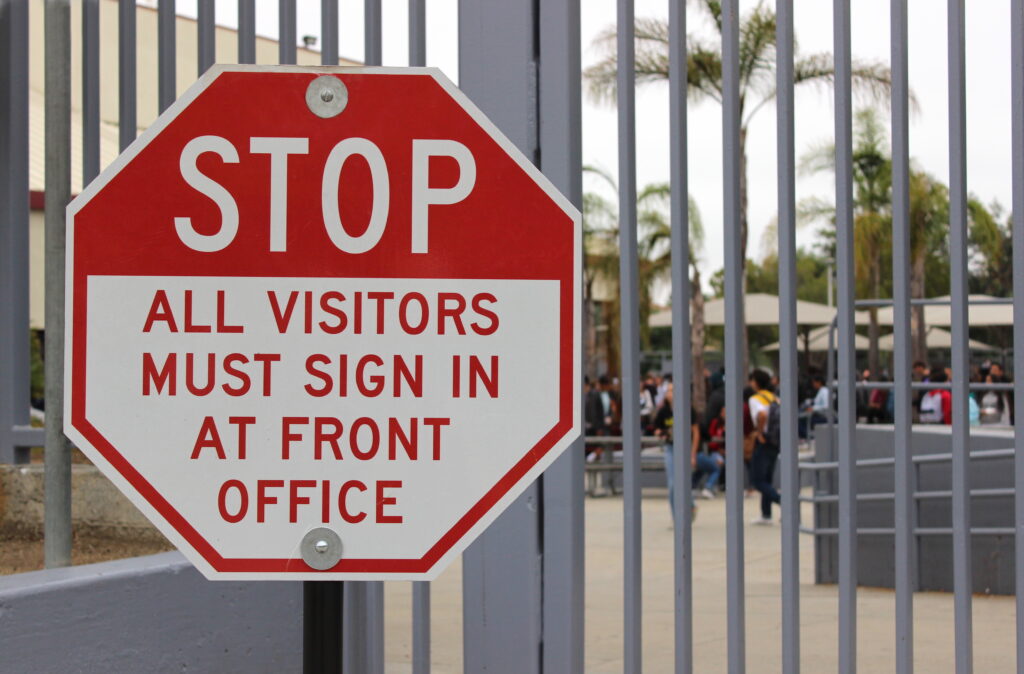Prioritizing K-12 School Safety and Security During Safe Schools Week
PASS says it’s a shared responsibility and effort to ensure that schools are safe and provide a conducive learning environment.

Adobe Stock image generated by AI by Julia Dorian
America’s Safe Schools Week, when schools and organizations nationwide focus on K-12 school safety and security, is Oct. 15-21 this year.
The Partner Alliance for Safer Schools (PASS) has always been dedicated to this cause. However, this observance week reminds us that it’s a shared responsibility and effort to ensure that schools are safe and provide a conducive learning environment.
Safe Schools Week allows everyone, including students, parents, school and public officials, and community members, to reflect on our progress and reassess safety and security plans. This is a perfect opportunity to develop new strategies and find ways to enhance students’ discipline, attendance, and overall well-being. These efforts will ultimately improve the quality of education they receive.
Each year, the National School Safety Center (NSSC), state governors, and state school superintendents sponsor different activities, events, and educational initiatives emphasizing school safety, including bullying prevention, emergency preparedness, school security, and community engagement.
These activities and themes differ from year to year and school to school, but they all share one goal––prioritizing the safety of students and staff.
Strategies for Ensuring Student and Staff Safety
To commemorate Safe Schools Week, PASS presented some tactics compiled by NSSC to enhance school safety and garner public backing, alongside suggestions from our PASS Safety and Security Guidelines.
First, the NSSC recommends prioritizing school safety on the educational agenda. This entails creating a secure school plan involving district-wide measures to prevent crime: training faculty members, preparing for emergencies, collaborating with other agencies, and engaging students and parents.
Since everyone plays an important role in campus safety and security, the NSSC’s list of ideas to improve school safety involves all stakeholders. We encourage you to visit the NSSC’s website for its complete list of strategies and activities to get everyone involved in Safe Schools Week.
Some methods we’d like to highlight include:
- Collaborating as a community. When communities rally together to voice their concerns over school safety and security, it brings them to the forefront of school districts and their personnel. It also emphasizes that it takes a community response to achieve quality education and safe, disciplined, and peaceful schools.
- Working with local emergency response personnel to develop a district-wide safe schools plan. This process involves implementing various procedures to help navigate specific crises and protect students and school staff.
- Developing and implementing comprehensive school safety policies. This means staying updated on educational trends and best practices in public relations.
- Establishing a school safety advisory group. This essential group should have representatives from all constituencies, such as law enforcement officers, firefighters, parents, and the media. They should be capable of expressing the group’s objectives and providing continuous support to enhance school safety and security.
- Mobilizing community members to be vigilant and report any concerns or problems affecting schools. This strategy also focuses on targeting people within the community who may not have school-aged children and encouraging them to get involved at local schools.

Adobe Stock photo by Simone
Campus Security Assessments for Emergency Preparedness
As concerns of violence across K-12 campuses remain foremost, more school districts are conducting campus security risk assessments to understand their preparedness better.
The NSSC recognizes that many schools already have a safety plan in place but emphasizes that the process to ensure the safety of all students is ongoing. It recommends requesting a school risk management or safety assessment by local law enforcement agency personnel.
Security assessments are typically conducted by security experts or consultants with expertise in school safety who bring a wealth of knowledge and experience to the process. They can ensure a thorough and objective evaluation.
The steps involved in a security assessment may include:
- Site Visits: Security experts visit the school to assess physical security measures such as access control, surveillance systems, and perimeter security.
- Policy and Procedure Review: Existing safety policies and procedures are examined to ensure they align with best practices and legal requirements.
- Emergency Response Evaluation: The effectiveness of emergency response plans and drills is assessed to identify areas for improvement.
- Threat Assessment: Security experts analyze potential threats and risks specific to the school’s location and characteristics.
- Recommendations: Security experts provide recommendations for enhancing security measures and emergency preparedness based on the assessment findings.
PASS recommends these assessments as a prerequisite to deploying security solutions on campuses. Our Guidelines outline steps and best practices for completing assessments and developing plans and budgets to implement layered components for enhancing safety and security across school districts.
Safe Schools Week is the perfect time to reevaluate your school’s safety and security technology, visitor management systems and policies, parking lot, exterior and property perimeters, and more.
From in-service training to crisis preparation, school districts, students, parents, law enforcement, and communities should be fully aware of what processes are in place.
If you enjoyed this article and want to receive more valuable industry content like this, click here to sign up for our FREE digital newsletters!

Security Is Our Business, Too
For professionals who recommend, buy and install all types of electronic security equipment, a free subscription to Commercial Integrator + Security Sales & Integration is like having a consultant on call. You’ll find an ideal balance of technology and business coverage, with installation tips and techniques for products and updates on how to add to your bottom line.
A FREE subscription to the top resource for security and integration industry will prove to be invaluable.







